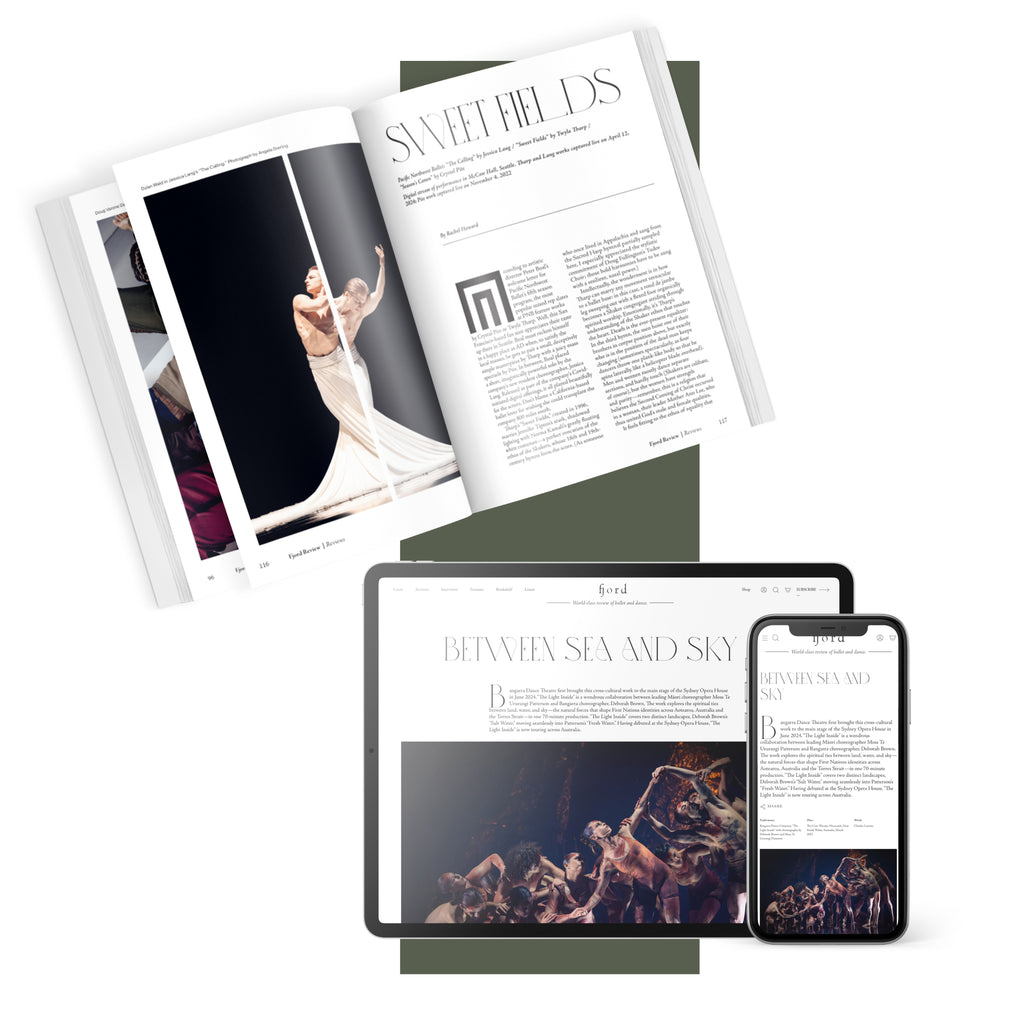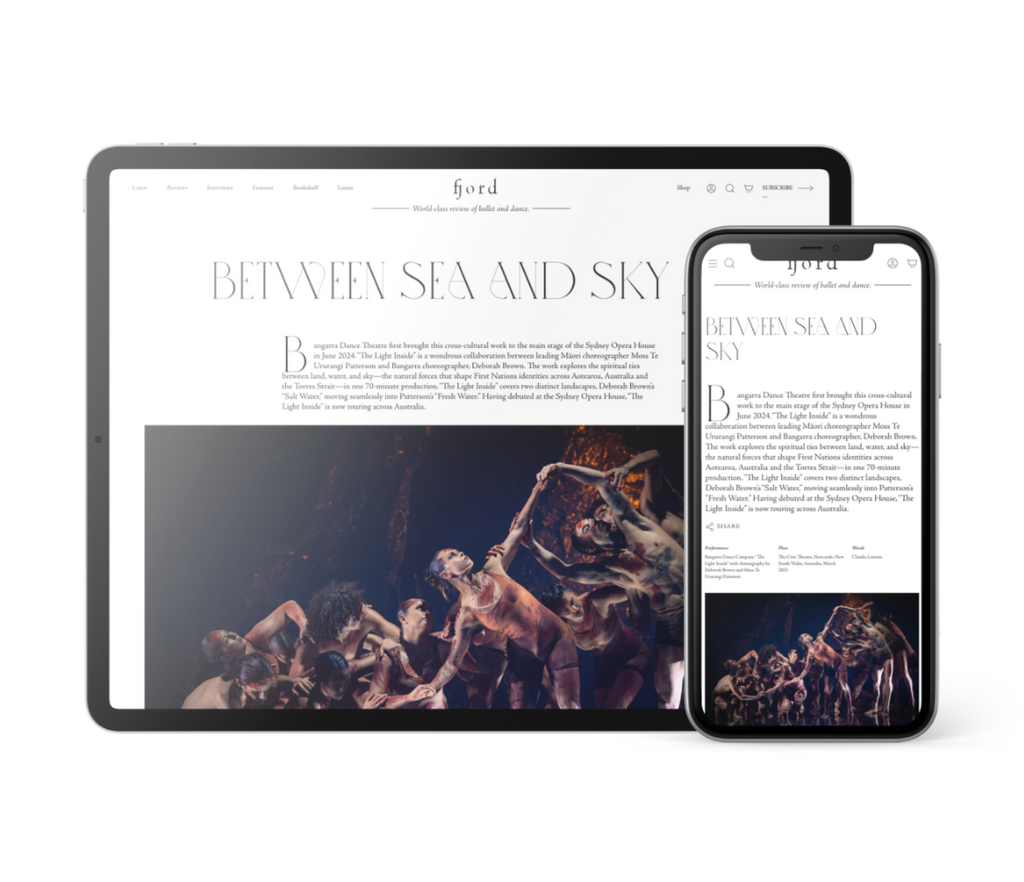That may be the biggest problem with “Spider’s Feast”: it is fun and well constructed, but lacks a sense of real comedic purpose. Humor isn’t easy—it has to have a point in order to really land. Think of Jerome Robbins’ “Mistake Waltz,” a spoof of ballet mayhem. Bug-on-bug violence is not a new subject either, but compared to another Robbins ballet, “The Cage,” “The Spider’s Feast” is watered-down fare. As pure comedy, it works well enough, though the humor lacks the brilliance of Ashton. Another fault is the relative thinness of the choreography; the characters, once introduced, don’t get to do much, and there is a lot of repetition. The high points are the battle of the ants against the wasps—very “Battle of the Toy Soldiers”—and the wonderfully dopey choreography for the shortsighted “Lead Mayfly,” played with floppy delicacy by Macarena Giménez, who turns out to be an excellent comedienne.
Ivan Spitale, as the Spider, is an inspired choice. He has an expressive face, as well as a supple movement quality, which pushes Bintley’s slithery, earth-bound, crawling choreography to an interesting extreme. Spitale has always been one of the company’s strongest actor-dancers. Here, he stretches, squats, and holds his hands like pincers, while at the same time expressing a series of comically contrasting emotions: delight, frustration, sadness, hunger. He disappears into the role. It takes a particular kind of dancer to do this effectively, and to hold the audience’s attention while binding together the ballet’s episodes. Spitale has that ability.
For sheer complexity of choreographic text and musical timing, nothing on this program could match George Balanchine’s “Rubies,” the second work, led here by Jennifer Hackbarth, Ricardo Rhodes, and Jessica Assaf, with the excellent Cameron Grant at the piano. (The Sarasota Orchestra, led by Ballet West’s Jared Oaks, gave a very convincing performance of Stravinsky’s jazzy, impossible-to-count “Capriccio for Piano and Orchestra.”) Hackbarth, who studied at the School of American Ballet, which is associated with the Balanchine’s New York City Ballet, understands the accents, attack, and emphasis needed to dance Balanachine well. She stretched, she showed the rhythms, and she played with the music, all while making it look like it was nothing at all.











comments